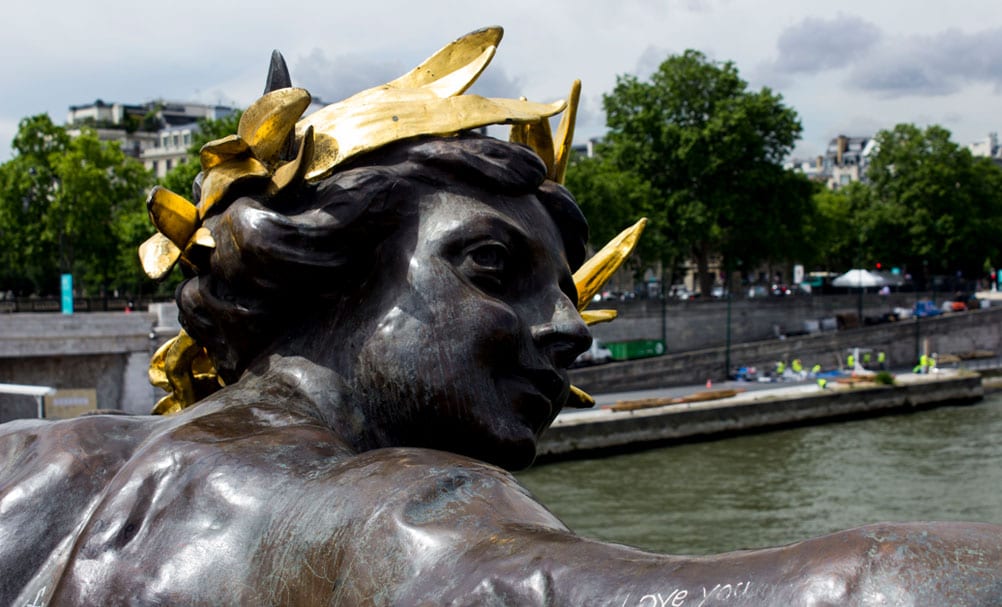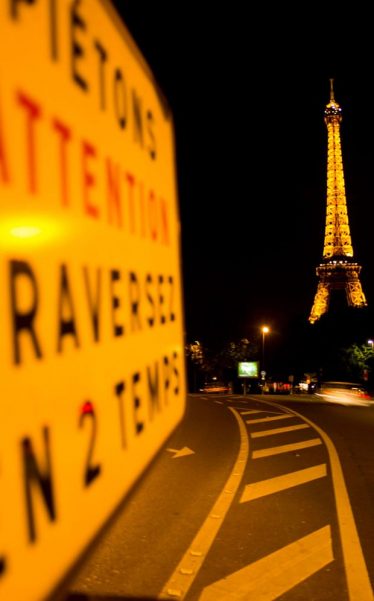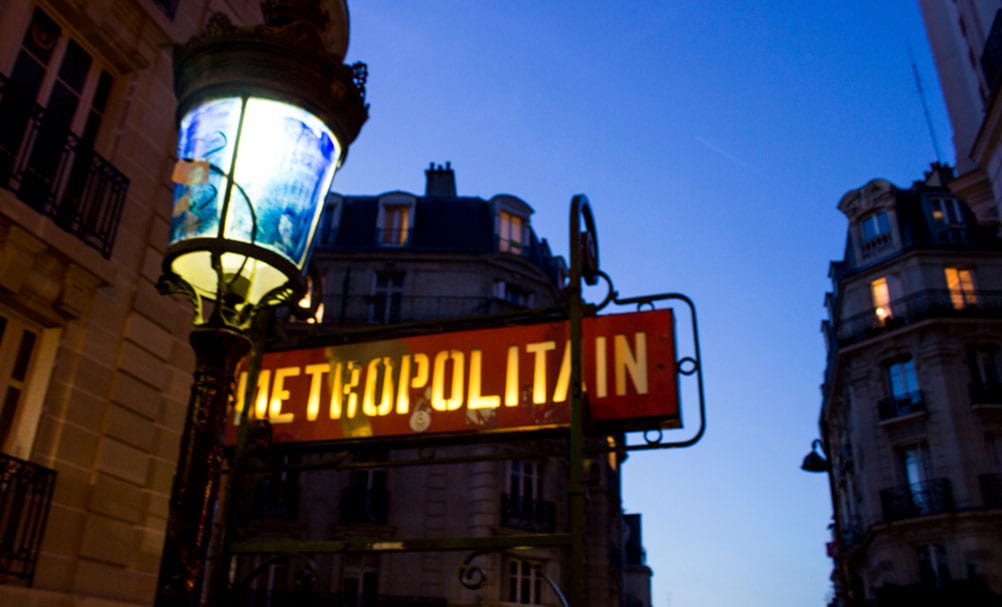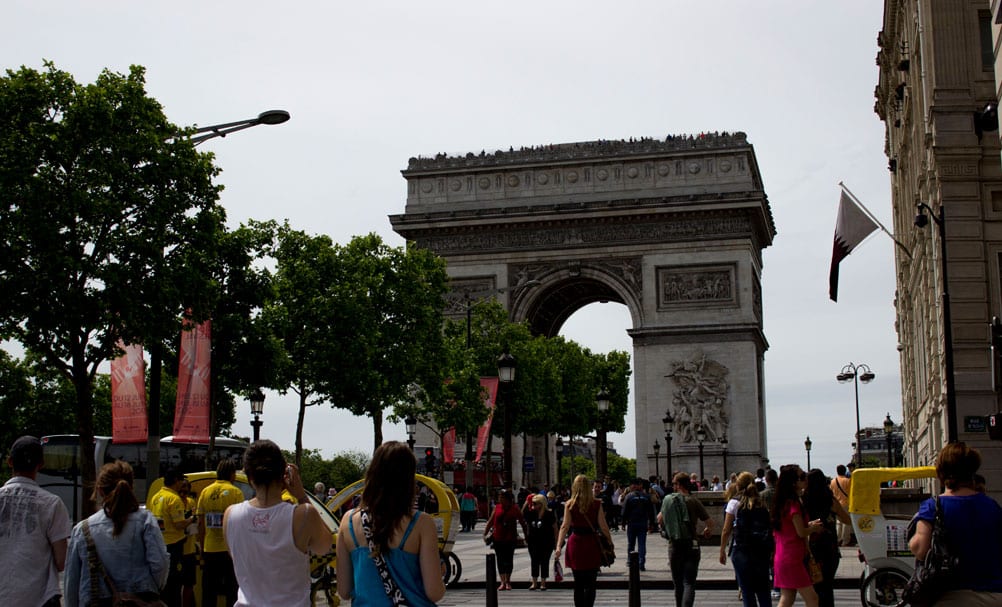Paris is the capital of France and constitutes one of the most important and influential cities in the world. And, if we only talk in terms of tourism, Paris is one of the most visited cities in Europe. The trace of the airplanes is seen in the sky during the day and night. Paris is a city that seems to be designed for tourist enjoyment. I can only say, we will always have Paris.

The history
Let us start the story of this beautiful city. It starts around 259 BC with its establishment on the right bank of the Seine by the Celtic tribe of Parissii. This first village of fishermen fell into the power of the Romans, who in 52 BC founded a city called Lutetia.
In the 4th century, its name changed to Paris. Clovis, king of the Franks, placed its capital there in the year 508. In 987, the Capet dynasty was installed and lasted until 1328.

Taking this into account, it is important to highlight that Paris gained importance throughout the 11th century, thanks to its silver trade and its location on the route of pilgrims and merchants.
But to my liking, even though this city has witnessed many truths and events, it is necessary to choose which stories to narrate. So, at the beginning of the 12th century, students and professors clashed with the episcopal authority and secured the creation of a “universitas” corporation.
During the 14th century, Paris experienced three important revolutions: the Revolution of the Merchants in 1358 (led by Étienne Marcel), the Revolt of the Maillots in 1382 (with citizens opposing tax increases), and the one in 1413 led by Caboche (headed by merchants).
And after this, we must fast-forward to the present because otherwise, we would continue talking about the changes its streets and people have seen.
From the 20th century, there have been many changes, with the reconstruction of different areas of the city damaged by the two World Wars.
During the First World War, the city endured several bombings, while in 1940, during the Second World War, it was occupied by the Nazis, though Parisians managed to resist and free the capital on August 25, 1944.
Culture and energy
Again, stepping into its streets, I felt overwhelmed by the city. Paris still breathes culture and energy. Not only the Louvre. Everything this city has is worthy of admiration.

It’s hard to break molds, but Paris has done so over the centuries. It has been the cradle of many changes, too many trends that have shaped Europe on numerous occasions, making it a benchmark.
Something that is clear to me is that Paris, aside from being an open-air museum, offers countless places to visit and corners to get lost in.
For me, to start the visit, there is nothing better than going to the Eiffel Tower. After all, it is the symbol of Paris. The best impression is from the metro stop Trocadéro. From this point, you can appreciate the magnitude of the tower and Champ de Mars, where the garden sits.
Going down through Trocadéro, you will reach the base of the Eiffel Tower, where you can buy tickets to go up.
In my opinion, going up at night is the best. The view of the city illuminated in darkness and the wind hitting my skin is a memory I will never forget.
Oh, as a warning, you have to be careful in the city; there are many thieves, proven by the precaution signs. Nevertheless, people get robbed all the time.
The Latin Quarter
After that, the Latin Quarter seems like a good option. The Latin Quarter got its name in the Middle Ages, as the people in the area were students who used Latin as the language of communication.

Since the Middle Ages, students from the Latin Quarter have had great influence in France, and during the 19th and 20th centuries, they led student movements with great political significance. The Latin Quarter was one of the hotspots during the May Revolution of ’68.
It is one of the most cheerful and economical places to have dinner. So, a stroll through the Latin Quarter is necessary. After walking through Saint Michel’s square, you will find an enormous fountain with the figure of Saint Michael fighting a dragon.
Exploring the small and charming alleys that make up the Latin Quarter for a drink or a walk will be an experience you won’t want to miss, to enjoy the illuminated monuments.
Historical monuments
And if you cross any of the bridges over the Seine, you will reach Notre Dame. The Notre Dame Cathedral in Paris is one of the oldest cathedrals in the world. It was built between 1163 and 1234. The name of the cathedral means “Our Lady” and is dedicated to the Virgin Mary.
In its eight centuries of history, the cathedral has undergone several renovations. At the same time, it has been the setting for important celebrations such as the coronation of Napoleon Bonaparte, the beatification of Joan of Arc, and the coronation of Henry VI of England.
Notre Dame has two towers, 69 meters high, on its facade. You can also visit the belfry where the Hunchback of Notre Dame lived, and from there, see the gargoyles up close.
To visit the tower, you can go through the left-side entrance of the cathedral, where there are 387 steep steps since there is no elevator in Notre Dame.
One of the most important sites to visit is Les Invalides. It is an imposing architectural complex formed by the National Palace of the Invalides (Hôtel National des Invalides), built in the 17th century as a residence for French soldiers who had retired from service. Inside the church, under the central dome, is Napoleon’s tomb. It seemed impressive, and I remember people saying that he did great things to make up for what he lacked.
From there, it makes sense to go to the Rodin Museum. In its garden, you can find sculptures by the artist.
Crossing the Alexander III bridge, you reach the Grand Palais and Petit Palais. Continuing down Churchill Avenue, you arrive at the famous Champs-Élysées, from where you can see the Arc de Triomphe.
The Champs-Élysées stretch for almost two kilometers and connect the Arc de Triomphe with Place de la Concorde. They form the most beautiful and well-known artery in Paris, as well as one of the most famous avenues in the world. One thing I found curious is that the name Champs-Élysées comes from Greek mythology and designates a place equivalent to the Christian Paradise.
My recommendation is to walk to the Arc de Triomphe to enjoy the ambiance of the city. Once you reach the arc, you can admire its grandeur, power, and majesty.
Standing over 50 meters tall, with a base of 45 by 22 meters, the Arc de Triomphe represents the victories of the French army under Napoleon’s command. The construction of the Arc de Triomphe lasted 30 years. Napoleon ordered its construction in 1806 after the Battle of Austerlitz, and it was completed during the reign of Louis-Philippe.
I recommend going up to the top and taking in the view of the city from the roof. It feels like being in a movie. From my humble point of view, it’s the best view of Paris.

Another important site to visit is Place de la Concorde, where you will find the obelisk from Luxor.
If you walk through the Tuileries Gardens, you will arrive at the impressive Louvre Museum. I recommend dedicating as much time as necessary. Keep in mind that I don’t think it’s possible to see the entire museum in just one visit.
Stuck in history
In my opinion, one of the spots you shouldn’t miss is Montmartre. It doesn’t matter how many times you visit Paris, Montmartre is a must.

Montmartre is located on a hill 130 meters high. It is one of the most charming and peculiar neighborhoods in Paris.
It is known as the “neighborhood of the painters,” and to tell you the truth, walking through the streets, you can feel the art vibrating in the air. Its small, steep alleys lead to the Basilica of the Sacred Heart…
And the Basilica of the Sacred Heart is awe-inspiring. The Basilica of the Sacred Heart (Sacré-Cœur) is one of the most important sacred sites in Paris.
The basilica was the work of Paul Abadie, and its construction began in 1875 and was completed by 1914. It is 83 meters long, 35 meters wide, and its tower is 83 meters high. It was consecrated as a basilica five years after its construction, on October 16, 1919.
We will always have Paris. Thousands of locks are attached to the bridges of the city as symbols of love, and they can last for centuries. But I have always wondered: how many of these loves have not survived the test of time? How many people live with broken hearts? Are they happy? Have they passed away? Lots of love, like the locks on those bridges, are trapped in eternity with no more perspective than to be buried under thousands of new illusions.


